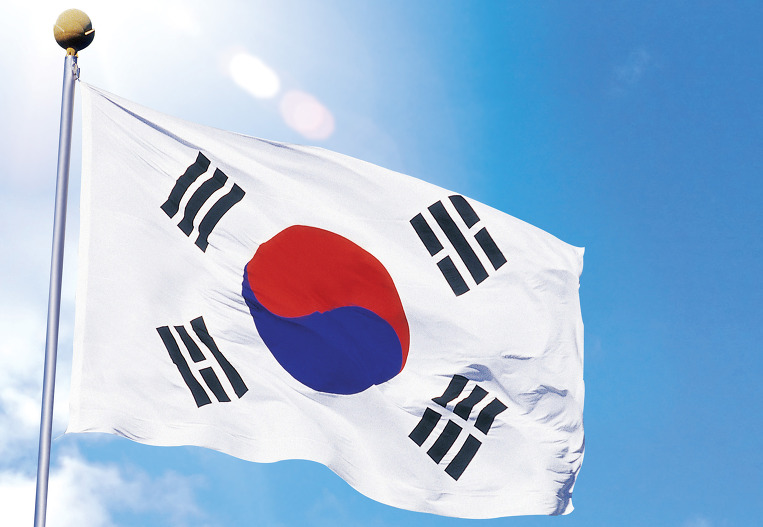The Ouroboros is a symbol that depicts a serpent or a dragon biting its own tail, forming a ring. It is the symbol of cyclicality – something that is in a constant cycle of rebirth through the three steps of creation, maintenance and destruction.
The concept of a serpent devouring itself likely stems from the ancient belief that a snake shedding its skin is the act of leaving an old, inferior body to be reborn into a better, new body. The ancient Greeks explained that the Ouroboros connects its beginning (mouth) and end (tail) to form a metaphor for the link between life and death. By forming a circle, the Ouroboros has no beginning and no end; it is an infinite, linear path that cycles endlessly. Because of this, the Ouroboros is also the symbol of infinity, immortality and the cycle of time. An alternate ancient explanation for the Ouroboros is that because it eats itself, it will ultimately end up as nothing.
The Ouroboros was an important symbol in medieval alchemy. Alchemists used the symbol “O” to represent the Ouroboros. To the alchemists, the Ouroboros was an entity that did not place importance in the two natural processes of creation and destruction, but the often-neglected third force – maintenance. This neutral process is the connection between the start and end of anything. Alchemists knew that in any chemical reaction, the process is just as important as the starting ingredients and the final product. The Ouroboros also represented “everything” and “perfection” to alchemists as it connected its own beginning and end. Because of this, the Ouroboros came to represent the Philosopher’s stone.
Perhaps the most relevant application of the Ouroboros to us is the concept of rebirth and cycling. Nothing in nature is permanent. Matter changes states, chemicals react and species evolve. We too are never permanent. There is always room for change – to destroy what you do not like about yourself, create something better and then maintain that state until the next cycle comes. As much as it is important to know to love who you are, it is vital that you continuously recycle, refine and develop yourself to become the person that you are truly happy to call “me”.







